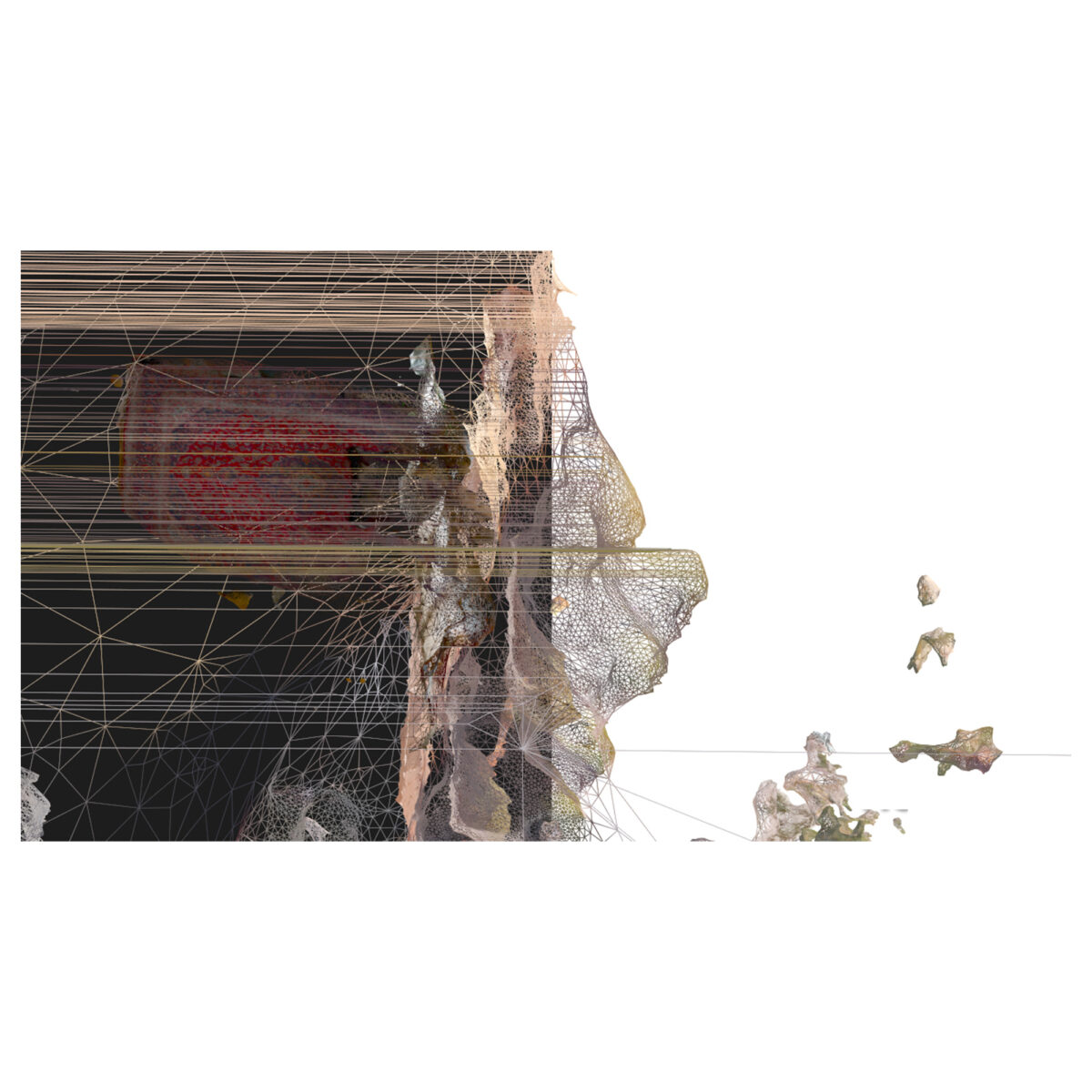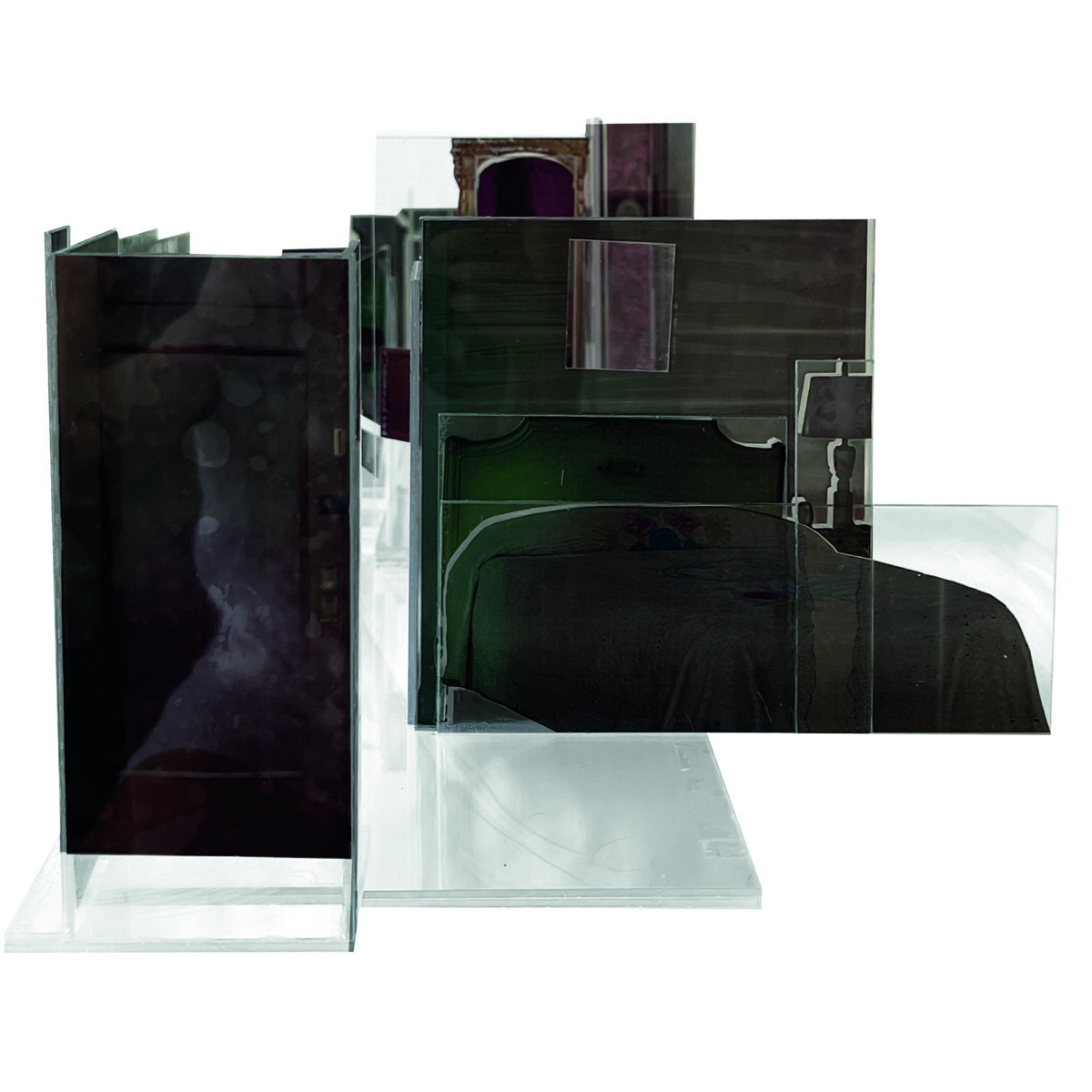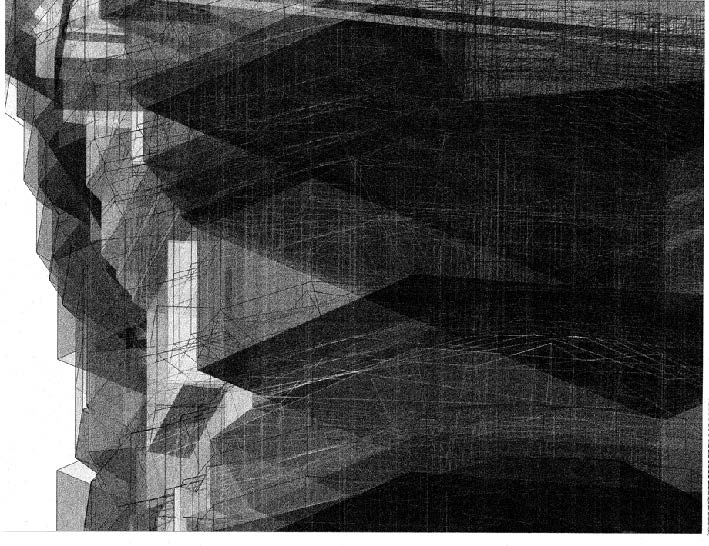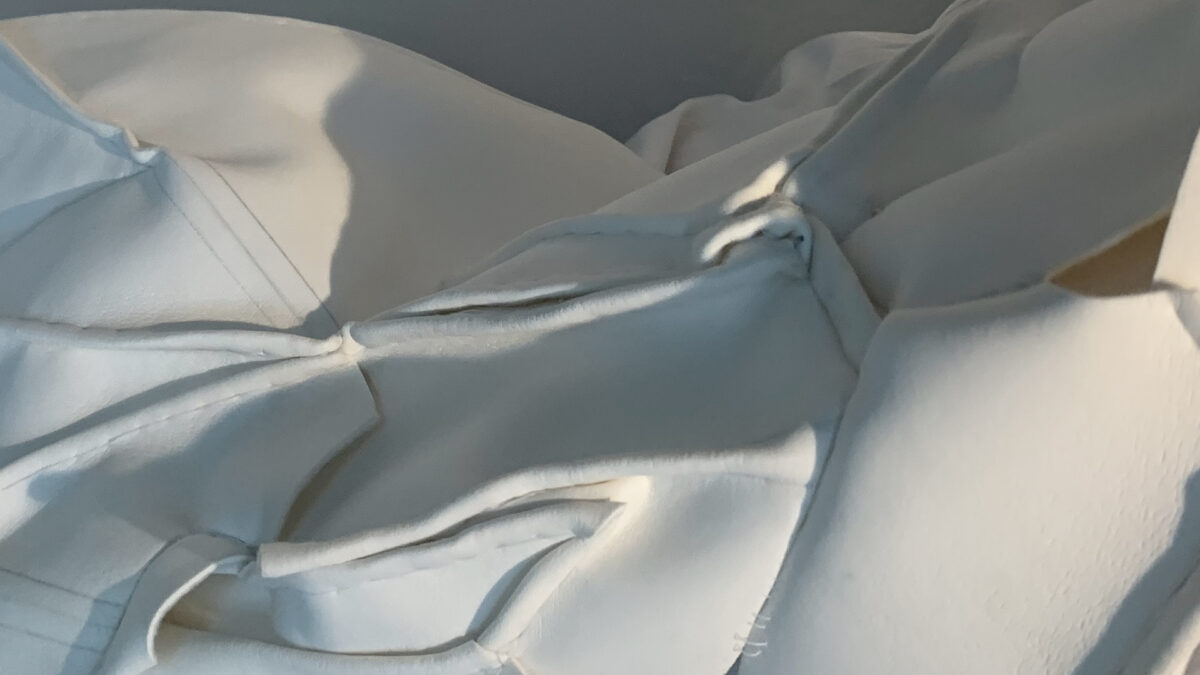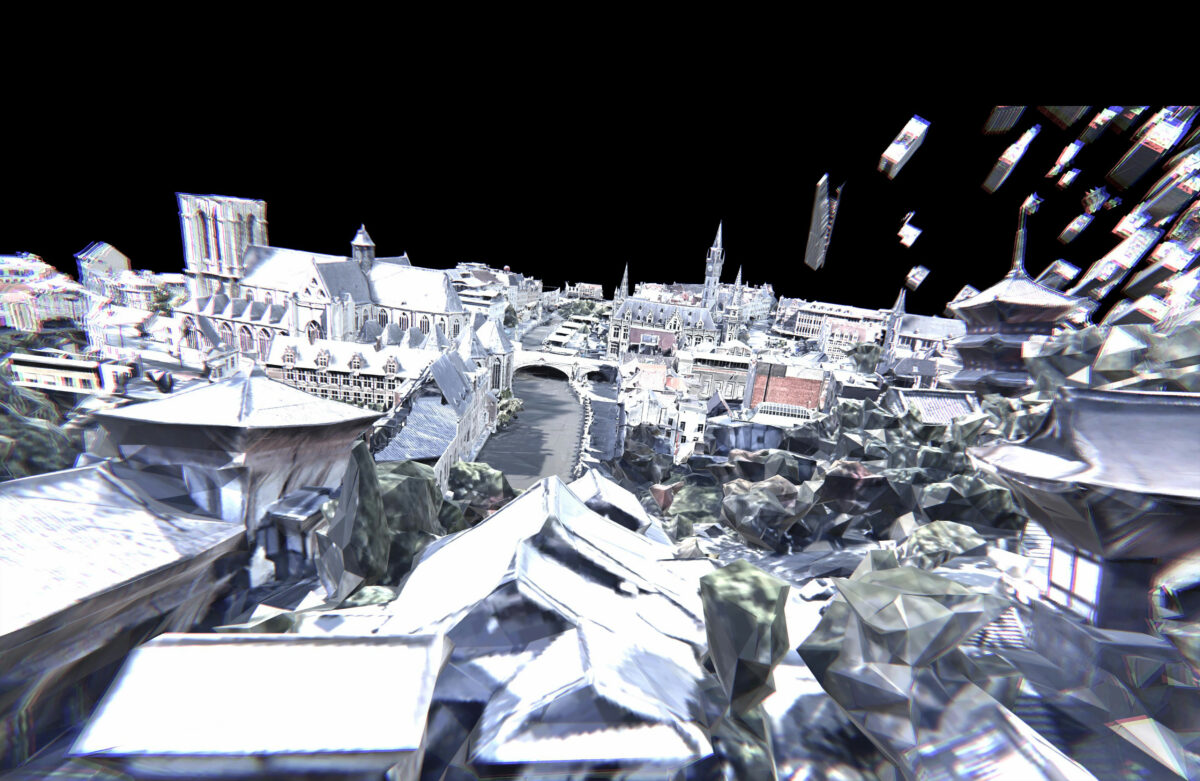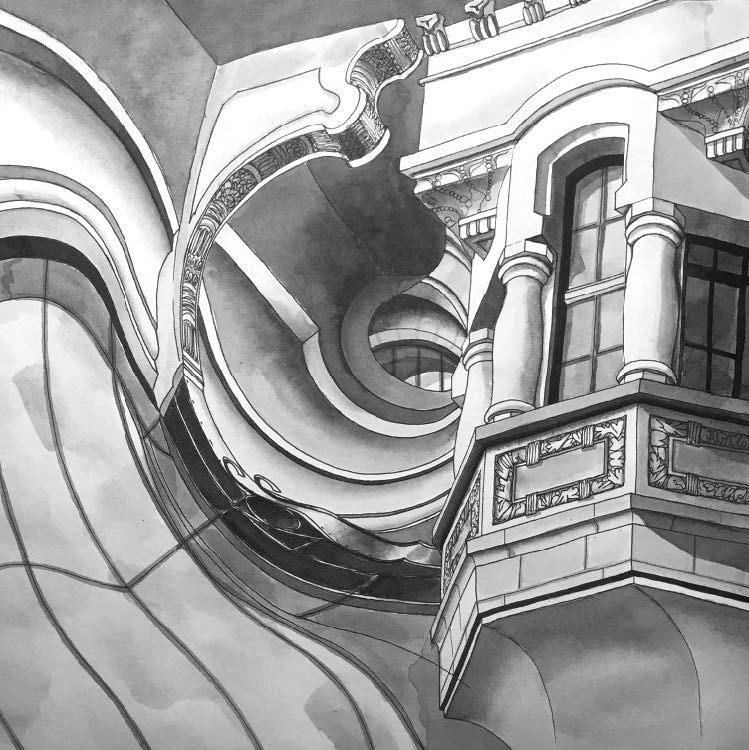While architecture has never been an individual journey, the global pandemic has marked the end of our romance with hyper-individualism: an 18th-century idea of design genius whose superhuman creative abilities could draw and bring to existence a singular manifestation of architecture for the masses to admire. It marked the end of a capital-A architectural history, the orchestrated lineage of which promoted a singular narrative of the discipline, tone-deaf to the ambiguity, paradoxes and contradictions that architecture is unquestionably responsive to. It marked the end of stability, absolutism and our old toolkits for creating architecture. (Elena Manferdini, The Magic of Asking’What if?’, Radical Architectural Pedagogy, AD 04 Emerging Talents Training Architects vol 91 2021)
Master Studio, Ghent, semester 3 academic year 2022-23
Tutors: Mira Sanders + Riet Eeckhout


Images: Mantas Povilaika, Céline Lecouturier 2021-2022
Understanding architecture as a commodity in a globalised consumerist society, we are confronted with the illusion of stability infiltrating the minds of people in this mediated world. Throughout history, architecture played a crucial role in mediating social structures and propagating political ideas. The architecture of our contemporary western cities cannot be understood in separation from an imperialist canon in ways that Baroque cities cannot be understood separate from an 18th century military establishment.
We can read the world around us through various forms of ‘hyper normalisations’; as culminating forces driving cultures into mass uncertainty, mediated spectacle and simulation; from Donald Trump to Brexit, to recourse wars carving a landscape of global conflict. https://vimeo.com/191817381 Hyper Normalisation, Adam Curtis, 2016, documentary.
To escape a simplified version of the world that we accept as normal, we will design the hybrid space by addressing the aesthetics of culminated complexity of the interstice. The hybrid is characterised by situational change and a layered complexity of elements brought together in the push and pull between content and expression, between form and matter, between thought and image. In this process of understanding a particular reality of architecture, we value the state of flux, the dynamic and the movement towards actualisation and instantiation.
Aesthetics of interstice
Aesthetics is not a merrily way of giving form to objects, it is indeed a way of making sense of the world through the idea of our outward appearance. We want to challenge singular vocabularies and simplified aesthetics which maintain the illusion of order and stability in a world where there is in fact none. We don’t aim for singularity nor for complexity; we want to lay bare that which we each understand is true.
In a world in which the overarching aim seems to be the maintenance of stability and acceptability (in politics but also as an aesthetic paradigm in the world of design and architecture) we want to interrupt this growing hunger for aesthetic clarity and designed neutrality.
We will work through various layered modes of representation, communication and collaboration and venture into this current volatile context, riddled with complexity and contradiction to fearlessly explore the unstable terrain of multiplicity and ambiguity.
Ways of working
In the first part of the semester, we take the utmost freedom to dive into a context reading, articulating and reworking of the spatial aspect exploration of chosen films, documentaries, images and verbal essays to demarcate interest, and to collide and edit the material of interest into a one-minute site. This one-minute site holds the expression and impetus of the student’s spatial intend to be drawn out in part two of the semester.
The second part of the semester revolves around the figure-ground architecture based on the one-minute site. This involves extensively drawing out and sectioning the one-minute site resulting in an architectural environment in the medium of choice.
Project Book — The intense process of the making of things, guiding the individual student step by step in de complexity and internal logic of spatial design and architectural thinking, is brought together in the project book. Included as well is a written reflection, contextualising the drawn project and the inherent idea production. In this Project Book students will articulate the particular ‘gesture of architecture’ through drawing present in the project.
Drawing Architecture Studio
This Master studio is part of AOB Drawing Architecture (Arnaud Hendrickx, Riet Eeckhout and Mira Sanders) interested in the agency of drawing in the production of space and thoughts, affiliated with the research group Radical Materiality, Material Narratives, The Drawing and the Space.
Beyond the usual representational imperatives of architecture drawing, at the Drawing Architecture Studio we consider, discuss and use the architectural drawing as a site of emergence and imagination. Methodically, the Drawing Architecture studio strongly engages with the intertwined process of digital and analogue drawing, reading, making and building in the widest sense; with materials, media and techniques relevant to the investigation: knowing through the making.
Relational thinking
The studio philosophy of Drawing Architecture is underpinned by an understanding of space as a relational environment, away from an object directed understanding of space-making and towards a perception of space as the relationship between elements: the architectural event. Central here is the understanding of the experiential immersive character of space and the manner in which we make these worlds present. Drawing on relational properties brings one closer to an understanding of the haptic space.
We use the situational as an example of a relational environment. Situational events, spatial encounters, the coming together of circumstances. Situational events take in space as they unfold over time.
Content of form
In this studio we strongly confide in and work with visual information, film and photography to extract knowledge and to explore an emphasis on the content of form while reading and using images and understanding visual information.
If only we had trusted our eyes, if we had just looked at the images instead of turning our back on them, remarking that they were mere fetishes, fetishizations, surfaces, the semblance of something that lay concealed behind them: essence, the law, the principle that held the key to the proper understanding of appearances. When we see dead bodies, we are confronted with the death of actual people and not some principle of death; when we come face to face with torture victims, we must investigate their torturers and not evil as such; when we see ruins, we must study the blasts or ravages of time that laid them low, not some transhistorical law of impermanence. (The Work of the Eye. Trusting Our Eyes. Karel schlögel, In Space We Read Time: On the History of Civilization and Geopolitics, p223.)
This studio forms part of the Drawing Architecture Master studio and can be taken in combination with Master Thesis studio Drawing Architecture, Aesthetics beyond representational imperatives



